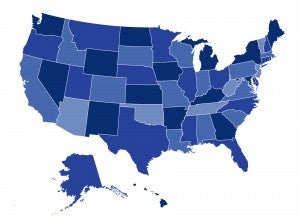
By Rachel Schwab, Justin Giovannelli, and Kevin Lucia
Despite a significant reduction in the uninsured rate over the last decade, millions of people still lack coverage. Many are eligible for subsidized plans through the Affordable Care Act’s marketplaces, but the costs associated with health insurance, lack of awareness, and administrative enrollment obstacles have hindered coverage take-up. Additionally, many people who have insurance are “underinsured,” unable to access care because of high cost sharing. Reducing the barriers that lead to people being uninsured and underinsured requires innovative policies to simplify enrollment and help consumers access more generous plans that fit their budget.
In their latest post for the Commonwealth Fund’s To the Point blog, CHIR’s Rachel Schwab, Justin Giovannelli, and Kevin Lucia look at California’s recently adopted strategies to reduce and prevent uninsurance and lower cost barriers to care. The post describes how California is preventing coverage gaps by partially automating marketplace enrollment for some consumers losing Medicaid, reducing enrollment barriers by subsidizing nominal marketplace premiums with state funds, and using the auto-renewal process to get current marketplace enrollees into more generous plans at no additional cost. You can read the full post here.

